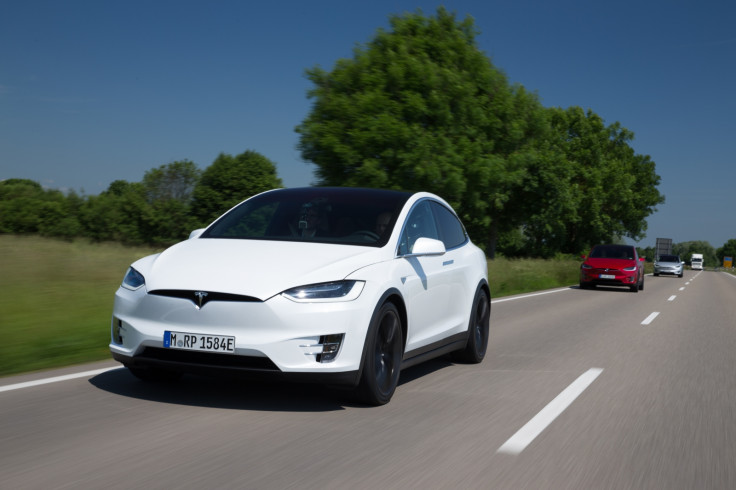Lidar: Pressure mounts on Tesla to adopt new Autopilot technology
Expert claims he would be 'profoundly surprised' if Tesla and Elon Musk continue to ignore lidar.

As Tesla prepares to upgrade its cars' self-driving system – called Autopilot – it faces mounting pressure from the lidar industry to adopt the technology, which has so far been shunned by Tesla boss Elon Musk.
Lidar (light detecting and ranging, or light radar) measures the distance to an object by illuminating it with a laser invisible to humans and then times how long the reflected light takes to return. It is used by other companies developing autonomous cars, like Google and Uber.
Alex Lidow, founder of a US-based chip manufacturing company called Efficient Power Conversion (EPC), told IBTimes UK how he believes lidar will shrink in size and cost to such as extent that it will soon be the size of a parking sensor – and will be as common on new cars as ABS brakes are now.
Lidow also criticises Tesla and Musk for not using lidar, which he says would have prevented a death which occurred earlier in 2016 when a Tesla using Autopilot failed to avoid a collision.
"Lidar gives you direct, instantaneous 3D images. The processing requirements, latency and margin for error are all much, much lower than with radar," Lidow said. "A laser beam is fired all around you and the time taken for the light to return is measured. It is accurate to a resolution of a couple of centimetres, each pulse of light takes just a couple of nanoseconds and there are a billion pulses per second."
The typical lidar system for a self-driving car, which sits on the roof and spins around to capture an image of the vehicle's environment, has 64 lasers each emitting a pulse of light one billions times every second. "There is not much computation needed to work things out" Lidow said, regarding the images created by lidar. He also said claims lidar cannot see through rain and fog are untrue and the technology's vision through bad weather is "better than humans."
Where radar is good at detecting objects and relaying how far away they are, it cannot determine shapes accurately; lidar can, making it suitable for spotting cars, trucks, bikes, pedestrians and wildlife at the roadside and in a vehicle's path.
Speaking of the crash in May, which resulted in the death of Tesla Model S owner Joshua Brown, Lidow says that lidar would, without question, have prevented the collision. The crash occurred when neither Brown nor his car's Autopilot system could differentiate a white truck turning across the road in front, and the bright sky behind it.

Tesla is set to issue an over-the-air software update to all Model S and Model X vehicles with Autopilot installed. The update, a part of the cars' 'Version 8.0' software, will improve Autopilot and make changes to the user interface and other software features. Musk says it will arrive as soon as 21 September and, if installed on Brown's car, the collision and his death would have been avoided.
Lidar is set to follow the same "evolutionary path" as other automotive technologies, Lidow claims. Technologies like ABS brakes, traction control and airbags have all worked their way from the concept stage, to high-end luxury cars and eventually down to just about every new vehicle sold today.
Musk said, in October 2015, that Google using lidar on its self-driving cars "doesn't make sense" and he believes full autonomy can be achieved with cameras and radar instead, as used by Tesla.
A Model S test car with lidar equipment on its roof has been spotted driving close to Tesla's California headquarters, and although the company has not commented on the car Lidow says he would be "profoundly surprised" if the technology was not added to future Teslas.
© Copyright IBTimes 2025. All rights reserved.






















